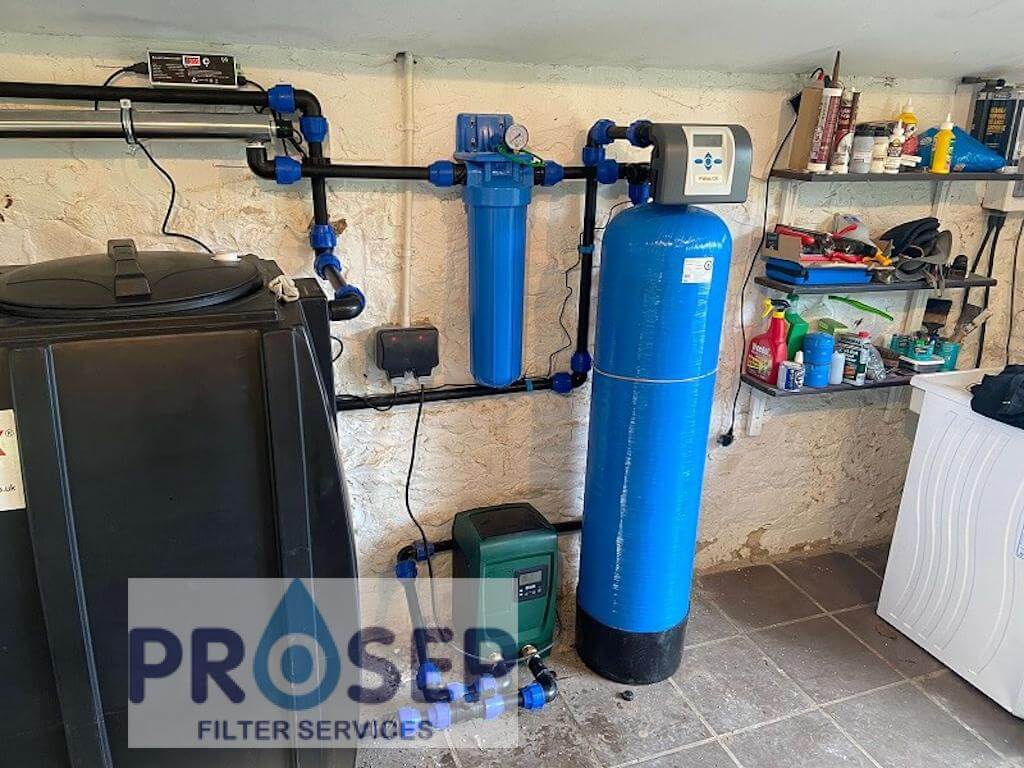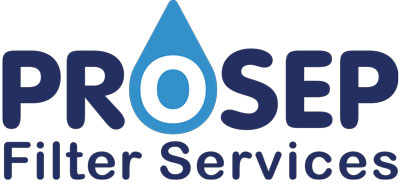PH Correction for Private Water Supplies
Boreholes | Springs | Wells
Do I Need to pH Correction for my private water supply?
Correcting the pH for private water supplies is essential and quite common. Acidic water frequently presents significant challenges for borehole, well, and spring water supplies throughout the UK. Regulations dictate that the pH of private water supplies must remain between 6.5 and 9.5. If your pH falls below 6.5, you should implement a pH correction system to neutralize the water. Acidic water can accelerate corrosion in copper pipes, leading to pin-sized holes in plumbing and hot water cylinders. Additionally, it can cause unsightly stains on baths, sinks, and toilets and, in some cases, even turn light-coloured hair green.
How Does pH Correction Work?
The simplest method to raise the pH of water involves passing it through a vessel containing slowly dissolving calcium and magnesium salts. These salts gradually dissolve into the water, effectively re-mineralizing it and naturally increasing the pH. You can use an in/out head or an automatic backwashing filter head to pass the water through the media. The backwashing head offers the added benefit of remixing the media and removing debris or oxidized iron and manganese as the pH rises.
What Does a pH Correction System for a Borehole or Spring Look Like?
Below is a system installed by Prosep Filter Services that illustrates a typical pH correction setup. The large blue unit with the grey box on top (the clack valve) functions as the pH unit. A standard pH correction system typically includes a pH water treatment unit, a UV pre-filter (the smaller blue unit next to the pH unit), and a UV unit (the silver chamber above the black water storage tank). The picture also shows a booster pump and a water storage tank. These components may be necessary when the water supply is intermittent or when the pressure from the supply is low.
For more examples of our completed projects which include ph correction for private water supplies, click here.

